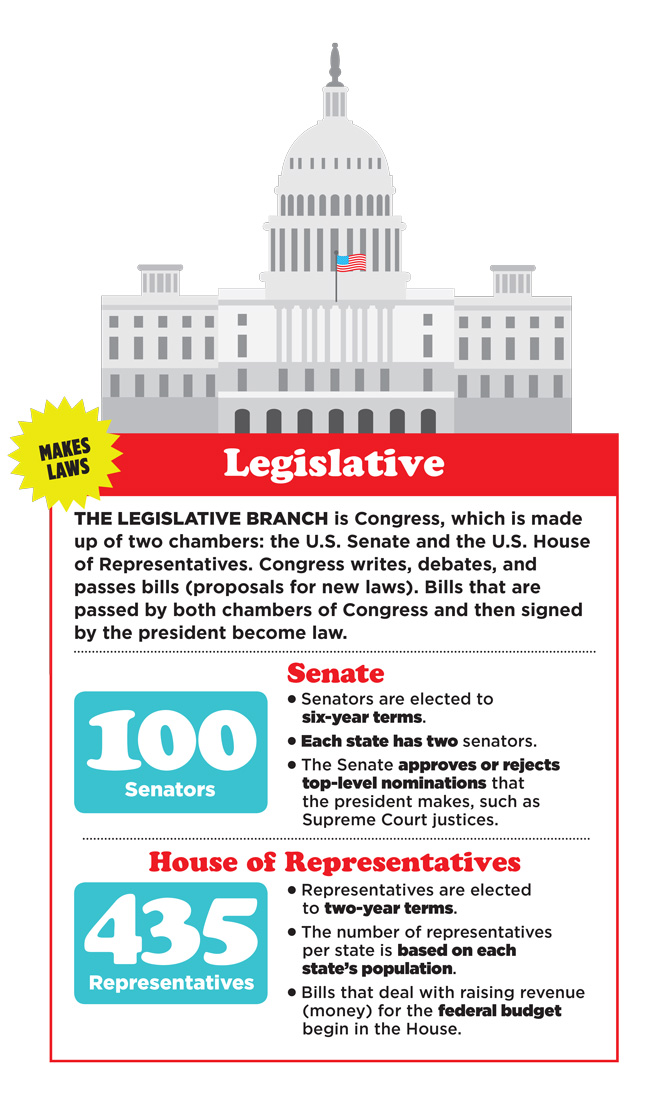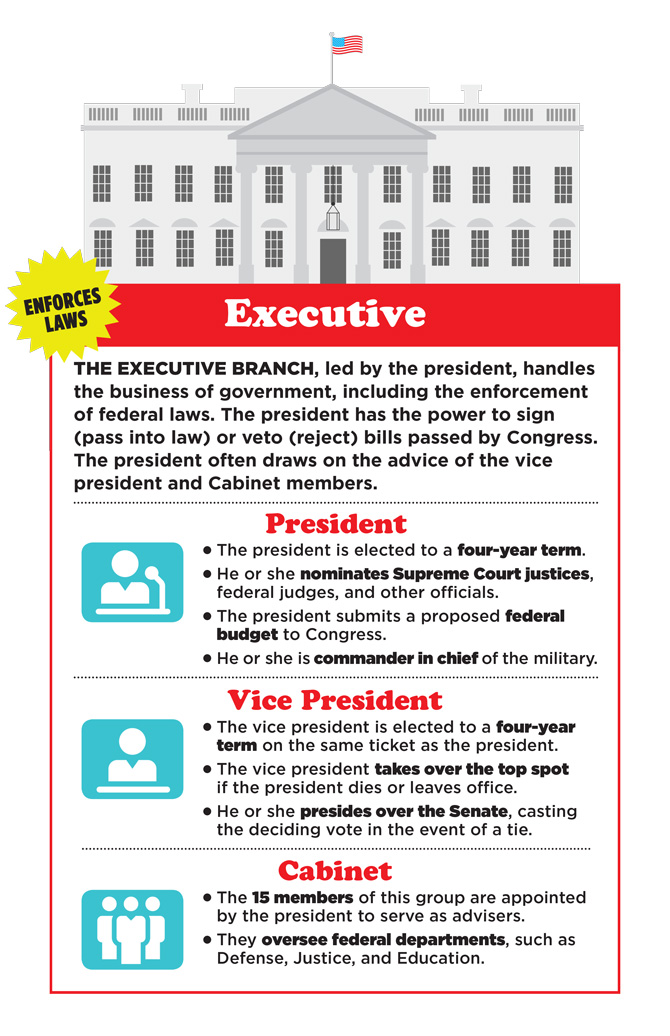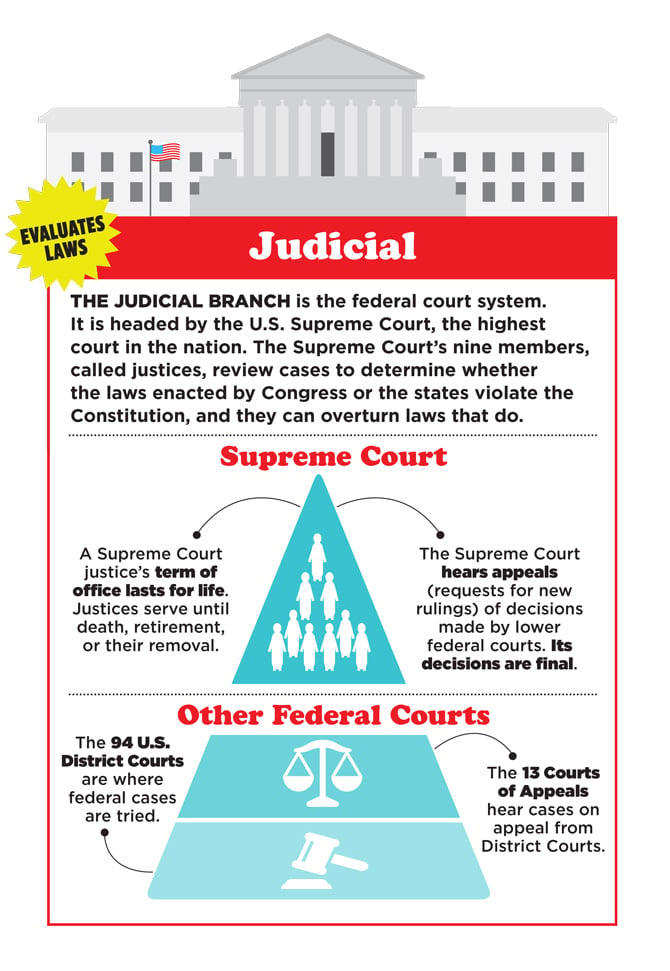THE FRAMERS OF THE U.S. CONSTITUTION envisioned a country in which no single person or group could hold too much power. As a result, the Constitution established three branches of government: legislative, executive, and judicial. Each branch is separate and has its own responsibilities.
In addition, each branch can check the power of the other branches. Despite its flaws, this system of checks and balances is considered one of the most effective models of government in world history. Here’s how each of the three branches operates—and how the three work together to govern our nation.





